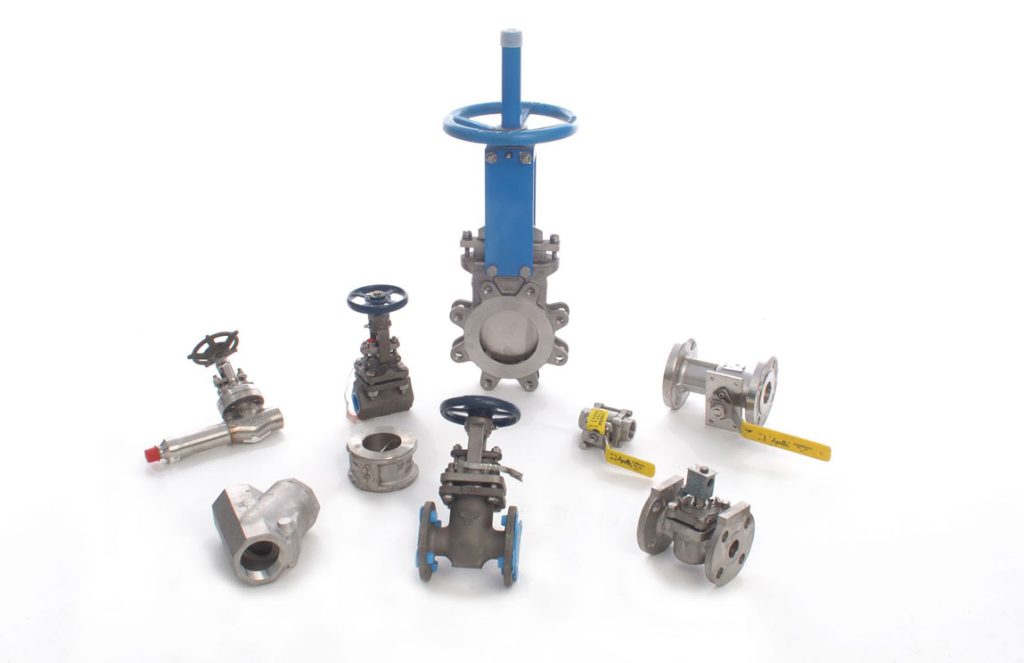
butterfly wafer valve
butterfly valve assembly
butterfly valve maintenance
butterfly valve gearbox
cast iron butterfly valve

To this day, the ASME’s Boiler and Pressure Vessel Code (BPVC), established in 1915, is the standard for almost anything fabricated of metal and subjected to high pressures, including piping, valves, valve flanges, fittings, and gaskets. There are at this time over 600 printed recommendations including everything from valves to nuclear power plants. The
ASME develops and revises codes and certification recommendations on a constant basis, seeking to both keep workers and the public safe, and to keep abreast of technology. Open to public review and criticism, the ASME’s findings and recommendations are based on changing market needs, as well as the opinions of subject matter experts and members of the public, who may review and comment on any decisions made by the society.
Just about any valve purchased in the United States has been milled and/or fabricated to ASME standards. Without
ASME certification, a valve’s integrity is anybody’s guess. Of the most common standards involving valves, t he ASME B16.34 is probably the most recognized. This stamp certifies a valve meets the standards set concerning pressure and temperature ratings, as well as dimensions for the following types of valves: flanged, wafer, threaded, or welded end in all configurations, whether they be cast, forged, or fabricated. This certification informs you or the engineer or technician purchasing valves that these conform to ASME recommendations, and that they have been considered legal, and the best choice for performance and safety.
If you’ve enjoyed this tidbit about the society’s history and ASME certification, you may enjoy reading:
- Choosing the Perfect Valve End Connection Type: NPT vs Flagged vs Socket Weld
- What is NSF Certification?